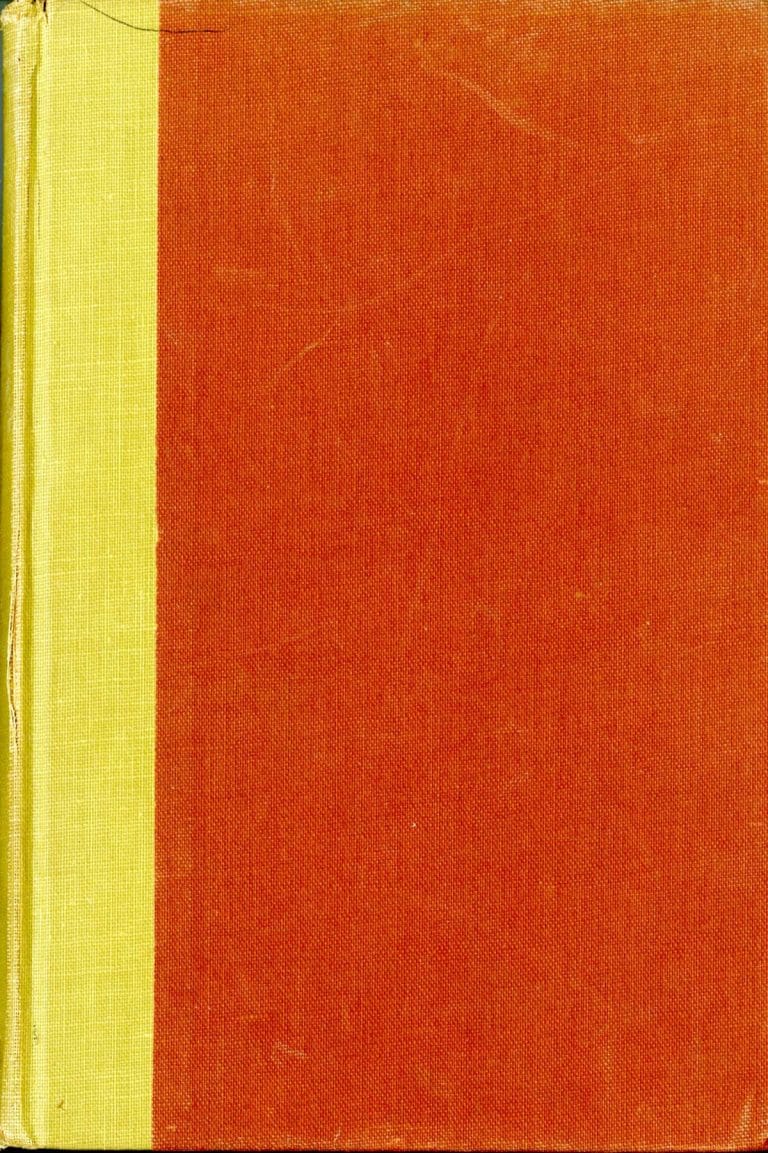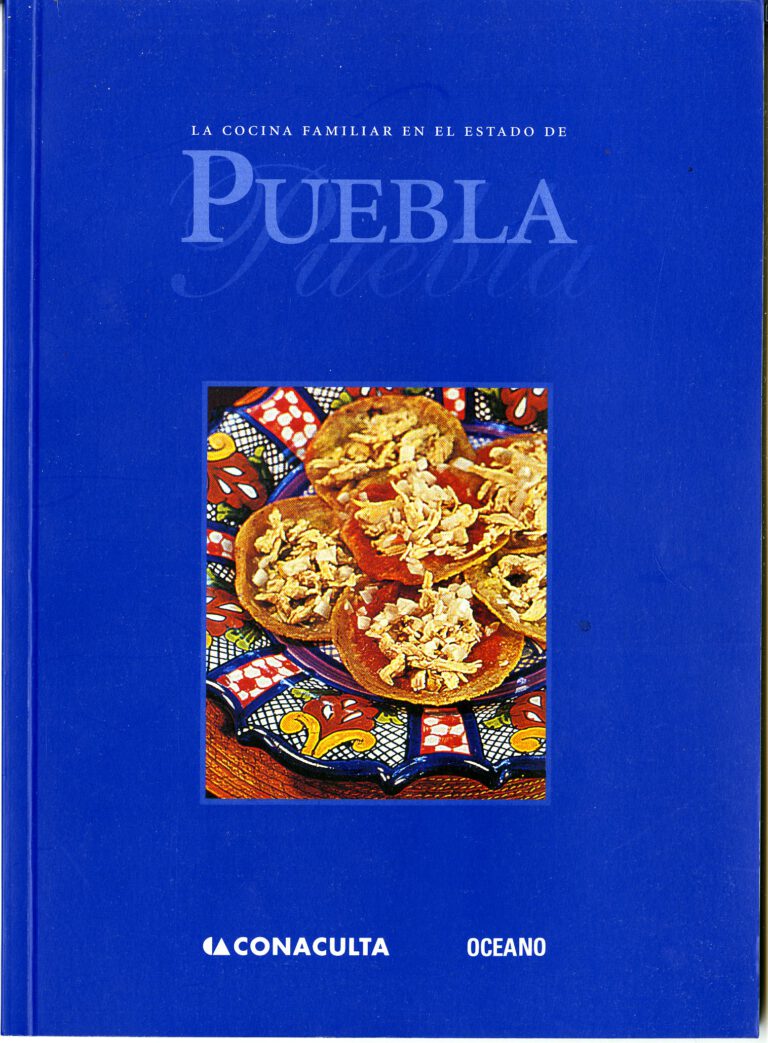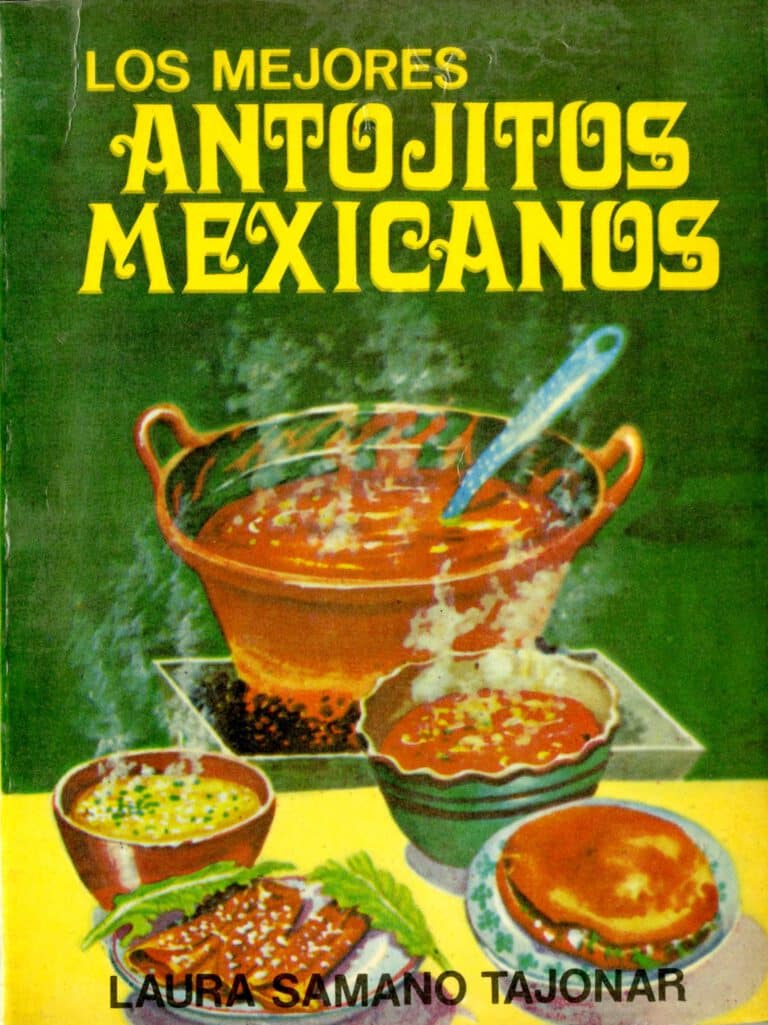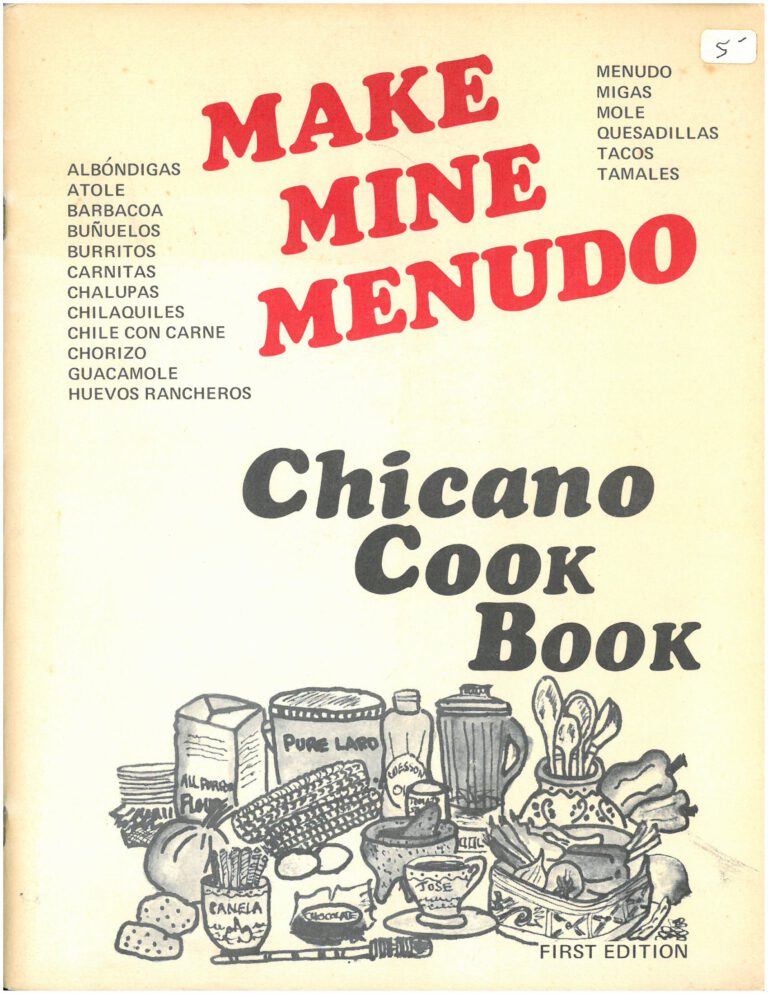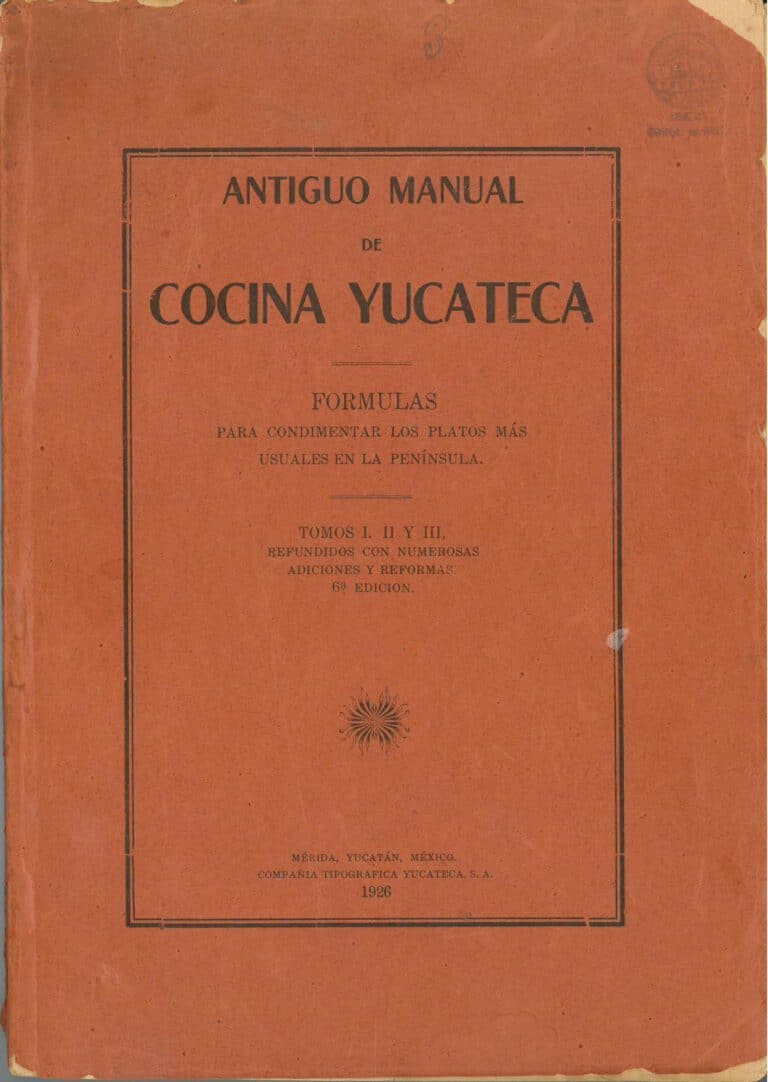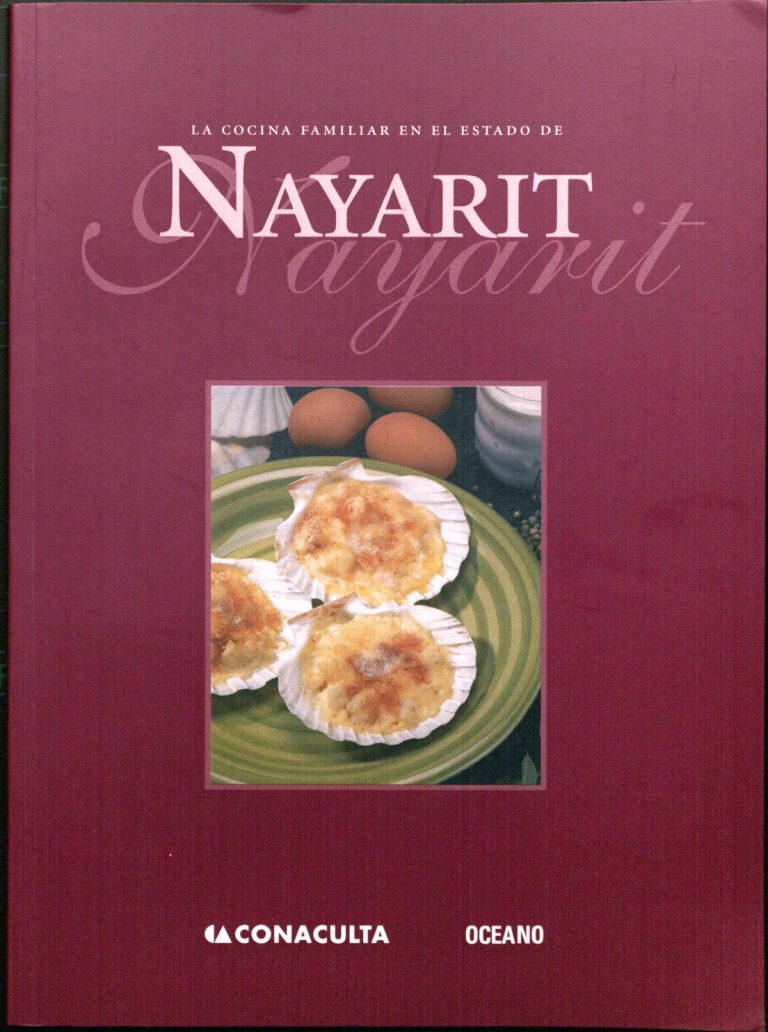Lengua en Estofado 1920s (Tongue Stew)

Recipe Scrapbooks : Huamantla, Tlaxcala, Mexico. TX716 .M4 R436 1920z v.2. P. 38.
Volume 1 of these scrapbooks contains several recipes for tongue. Organ meats, particularly tongue, are not common in the U.S. today, but in the 1920s, they would have been frequently seen both north and south of the border.
Tongue continues to play an important role in Mexican cuisine today. It is served in numerous dishes, including soups, tacos, with salsa de huachinango a la veracruzana (see this post for a similar recipe using fish), and entomadas.[1]
Lengua en Estofado
Después de cocida y limpia una lengua de vaca, se rebana y se prepara de la manera siguiente: Se pica cebolla y perejil y se muele un jitomate asado, en seguida se pone la cacerola con mantequilla y cuando está bien caliente y sin espuma, se fríe la cebolla y el perejil y dos cucharadas soperas de harina hasta que tomen un color café. Se le agrega el jitomate y estando todo bien frito se le pone caldo o agua y un poco de pimiento molida; en seguida se le echan las rebanadas de la lengua para que hierva todo junto y se sazone bien, teniendo cuidado de retirarla del fuego cuando la salsa o caldillo esté espeso, se le agregan aceitunas y unas rajas de chile jalapeño.
Tongue Stew
Cook and clean a beef tongue. Then peel and prepare in the following manner: chop onion and parsley and grind a roasted red tomato. Add butter to a pan; when it is hot and not foaming, add the , then add to a pan with butter. Once the mixture is heated, but without foam, e pan with butter and the onion and parsley and two tablespoons of flour, and fry until the flour browns. Add the tomatoes and when well-cooked, add broth or water and a little ground pepper. Then, add slices of tongue and everything together until seasoned well, taking care to remove it from the heat when sauce or stew is thick. To serve, add green olives and strips of jalapeño chiles.
[1] Muñoz Zurita. Ricardo. Diccionario enciclopédico de gastronomía mexicana (México : Editorial Clío : Fundación Herdez, 2000): 331.

